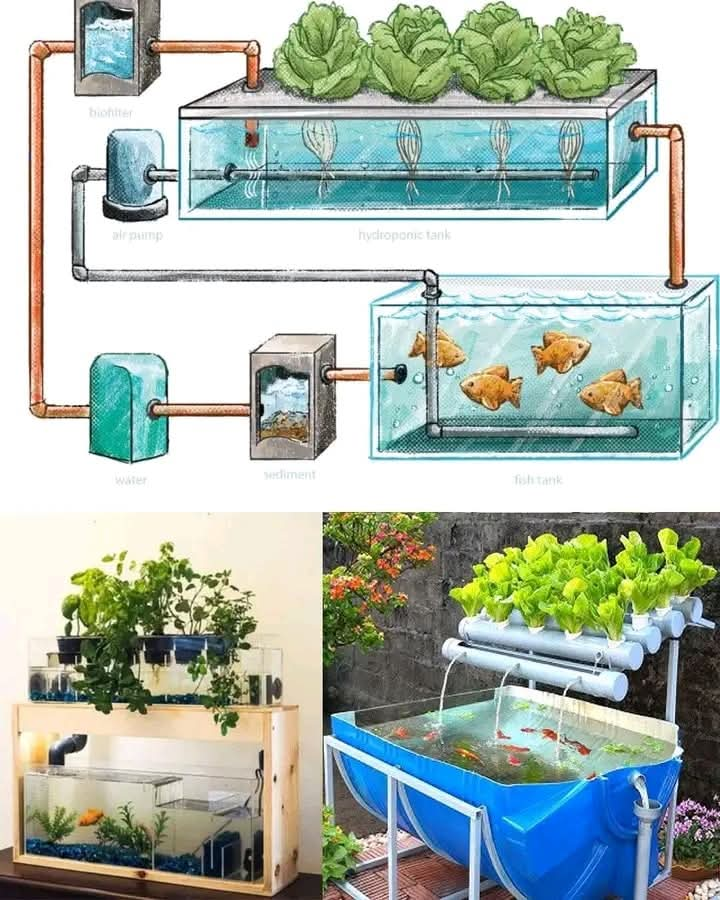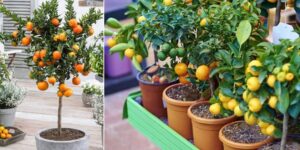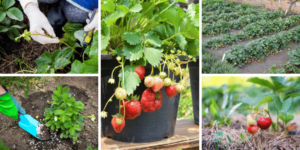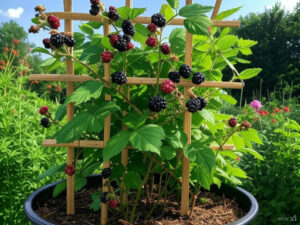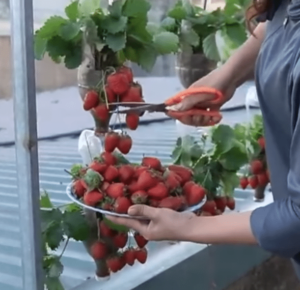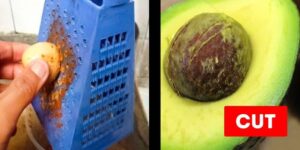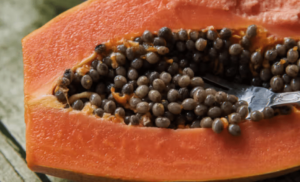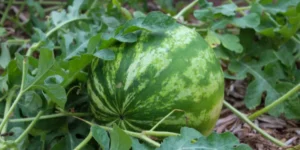A Comprehensive Guide to Aquaponics: A Sustainable Approach to Growing Plants and Raising Fish
Aquaponics is an innovative and sustainable gardening method that merges aquaculture (fish farming) with hydroponics (soilless plant cultivation) in a closed-loop system. This eco-friendly approach fosters a symbiotic relationship where fish provide essential nutrients for plant growth through their waste, while plants act as a natural filtration system, purifying the water for the fish. With benefits such as minimal water usage, organic produce, and efficient space utilization, aquaponics is an excellent solution for home gardening enthusiasts. This guide will walk you through the essential steps to setting up and maintaining a thriving aquaponics system.
Step 1: Selecting the Ideal Location
Choosing an appropriate location is crucial for the success of your aquaponics system:
- Light Availability: Ensure at least 6-8 hours of sunlight daily. If natural light is insufficient, supplement with grow lights.
- Temperature Control: Maintain a stable environment suitable for both plants and fish. Indoor systems benefit from climate control, while outdoor setups may need insulation or shading.
- Power and Water Accessibility: Position the system near a power source for pumps and lights and ensure easy access to water for replenishment.
- Space Considerations: Choose a location that accommodates maintenance and harvesting. Vertical systems are excellent for maximizing small spaces.
Step 2: Setting Up the Fish Tank
The fish tank is the core of your aquaponics system. Consider the following:
- Tank Size: A 100-200 gallon tank is ideal for beginners, offering better water quality management. Smaller tanks require more frequent monitoring.
- Material Selection: Use food-safe materials such as plastic, fiberglass, or glass to avoid chemical contamination.
- Placement: Ensure a sturdy, level surface to support the water weight and allow easy access for cleaning and feeding.
- Fish Selection: Choose species suited to your climate and system. Popular choices include tilapia, catfish, koi, goldfish, trout, and perch.
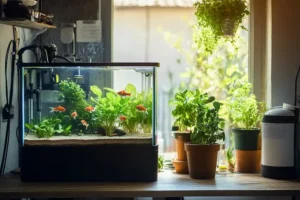
Step 3: Installing the Grow Bed
The grow bed is essential for plant growth and water filtration.
- Positioning: Place the grow bed above the fish tank to facilitate gravity-fed water return.
- Growing Medium: Use inert, well-draining media like expanded clay pebbles, gravel, or lava rock to support root development.
- Size and Depth: The grow bed should be about half the size of the fish tank, with a minimum depth of 12 inches for optimal root growth and filtration.
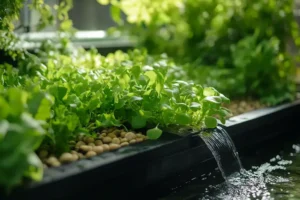
Step 4: Connecting the Water Pump
A reliable pump ensures continuous water circulation.
- Pump Selection: Choose a pump that cycles the entire tank volume at least once per hour.
- Plumbing Setup: Use food-grade tubing to connect the pump to the grow bed. Include a bell siphon or overflow drain to prevent flooding.
- Backup Power: Consider a battery backup or solar system to maintain operations during power outages.
Step 5: Cycling the System
Before introducing fish, establish beneficial bacteria colonies through system cycling.
- Fishless Cycling: Add an ammonia source (pure ammonia or decomposing organic matter) and monitor water parameters using a test kit. The process takes 4-6 weeks.
- Fish-In Cycling: Start with a small number of hardy fish and closely monitor ammonia and nitrite levels, performing partial water changes as needed.
- Bacteria Growth: Maintain water temperatures between 77°F and 86°F (25°C – 30°C) to encourage bacterial development.
Step 6: Adding Fish and Plants
Once cycling is complete, introduce fish and plants to your system.
- Fish Acclimation: Gradually adjust fish to the new environment by floating their bag in the tank for 15-20 minutes before release.
- Plant Selection: Choose plants compatible with your system, such as leafy greens (lettuce, spinach, kale), herbs (basil, mint, parsley), tomatoes, peppers, and strawberries.
- Spacing Considerations: Allow adequate room for air circulation and root expansion. Start with seedlings or cuttings for faster establishment.
Step 7: Monitoring and Maintenance
Regular upkeep ensures a balanced ecosystem.
- Water Quality Testing: Check pH, ammonia, nitrite, and nitrate levels frequently. Maintain a pH between 6.8 and 7.2.
- Feeding Practices: Provide a balanced diet for the fish and remove uneaten food after 30 minutes to prevent water contamination.
- Plant Health: Inspect plants for nutrient deficiencies or pests, prune regularly, and avoid overcrowding.
- System Maintenance: Clean grow beds periodically, check for plumbing blockages, and ensure all equipment functions properly.
- Harvesting: Regularly harvest plants and remove fish waste to maintain system balance.

Benefits of Aquaponics
- Sustainability: Uses minimal water, recycles nutrients, and eliminates chemical fertilizers.
- Space Efficiency: Ideal for urban environments and small-scale food production.
- Fresh, Organic Food: Provides homegrown produce and fish, reducing reliance on store-bought food.
Challenges to Consider
- Initial Investment: Costs for tanks, pumps, and setup can be significant.
- Learning Curve: Requires basic knowledge of water chemistry and system maintenance.
- Power Dependency: Systems rely on electricity; having a backup plan is essential.
Start Your Aquaponics Journey
Aquaponics is a rewarding and sustainable way to grow fresh food while maintaining an eco-friendly approach. By following this guide, you can establish a thriving system that benefits both your household and the environment. Ready to get started? Share this guide with fellow gardening enthusiasts and embark on your aquaponics journey today!
Share this content:
